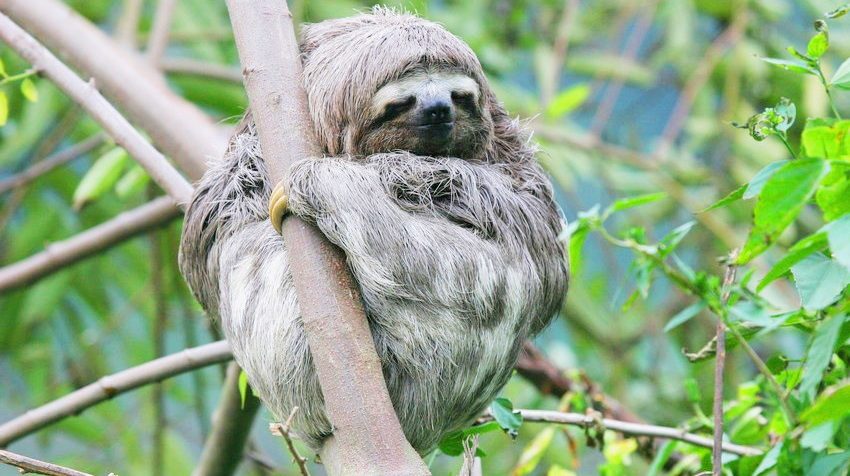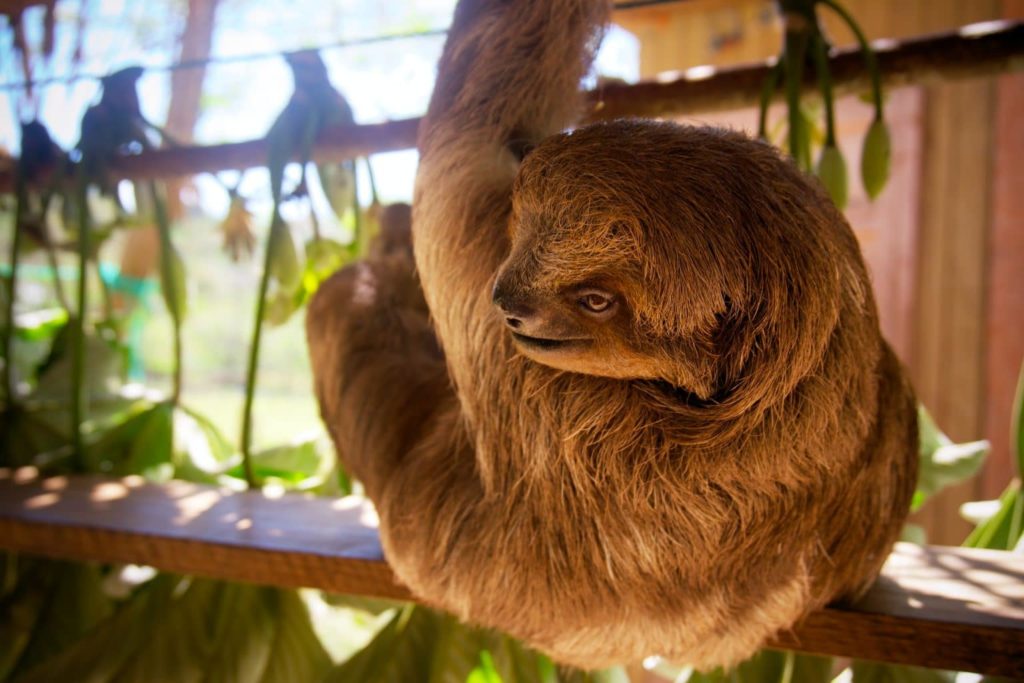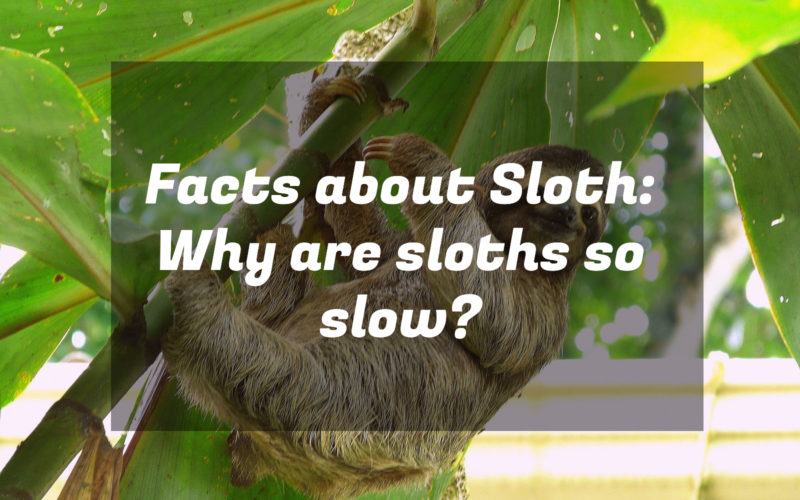In 1796, Thomas Jefferson received a crate of bones that he couldn’t recognize. The arm bones indicated to a larger, three-meter-long creature, yet the long, sharp claw reminded him of a lion. Jefferson cautioned Lewis and Clark to be on the lookout for this strange creature, which he thought was a large undiscovered species of North American lion. The bones in Jefferson’s box, on the other hand, did not come from a lion. Well, in this post we will tell you facts about sloths and why are sloths so slow?
Table of Contents
ToggleFacts about Sloth
Fact # 1
They were derived from a long-extinct gigantic sloth. Around 35 million years ago, prehistoric ground sloths first appeared. Hundreds of species coexisted with ancient monsters such as mastodons and huge armadillos across North, Central, and South America. The megalonychidae, for example, was cat-sized, while many ground sloths were enormous.

Fact # 2
Megalonyx, Jefferson’s sloth, weighed roughly a ton, but that was nothing compared to megatherium, which could weigh up to six metric tons, or the weight of an elephant.
Fact # 3
They grazed on grasses, leaves, and prehistoric avocados as they strolled around the forests and savannas, uprooting plants and climbing trees with their muscular arms and sharp claws. In fact, if it weren’t for the huge sloths, we might not have avocados today. Smaller animals couldn’t eat the avocado’s massive seed, but sloths could, and they helped spread avocado trees all over the world.

Fact # 4
Ground sloths thrived for millions of years before going extinct around 10,000 years ago, along with the rest of the Western Hemisphere’s large animals. Researchers think that ground sloths could have been pushed out by an oncoming ice age, or competition with other species, maybe humans, who arrived in the region around the time most of the sloths went extinct. Some of the smaller sloths survived and traveled to the treetops.
Fact # 5
Today, the Central and South American rainforests are home to only six species. Hanging out in the trees to avoid predators is a good idea, and there are lots of leaves to eat. This diet, on the other hand, has some drawbacks. Animals take energy from food and then use it to move about, maintain a constant body temperature, maintain their organs working, and execute all of the other functions necessary for survival. Leaves, on the other hand, do not contain much energy, and the energy that they do contain is difficult to extract.
Most herbivores eat higher-energy foods like fruit and seeds to supplement their green diet. However, sloths, particularly three-toed sloths, subsist almost entirely on leaves. They’ve developed finely tuned coping mechanisms to deal with this restricted diet.
1. They extract as much energy from their food as possible.
Sloths have a multi-chambered stomach that takes up a third of their body, and depending on the species, they can spend five to seven days, or even weeks, processing a meal.
2. The other piece of the puzzle is to use as little energy as possible.
Of course, one way sloths do this is by not moving too much. Is this the reason behind sloths’ sluggishness? The majority of their time is spent eating, resting, or sleeping. They only come down from the canopy once a week to use the restroom. When sloths do move, it is at a slow pace. A sloth would need roughly five minutes to cross a typical neighborhood street.
Sloths don’t require a lot of muscle because they live in such a relaxed manner. In fact, they have around 30% less muscle mass than similar-sized animals. Because their body temperature can fluctuate by roughly five degrees Celsius, sloths consume less energy to keep warm than cold-blooded reptiles but more than most mammals.
The Takeaway
The sloth’s energy consumption or metabolic rate is reduced as a result of these physical and behavioral adaptations. The metabolism of three-toed sloths is the slowest of any mammal. The second slowest animal is the giant panda, followed by two-toed sloths. Sloths have been able to thrive in their treetop home by moving slowly. But it’s also given the sloths a perfect home for other species, such as algae, which gives some extra camouflage and possibly a feast. Sloths may no longer be giants, but it doesn’t make them any less fascinating.
Note: Also read 15 Most Interesting Facts About The World You Should Know

